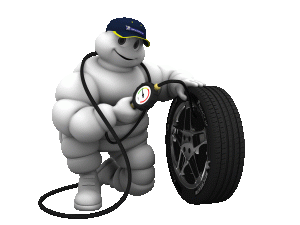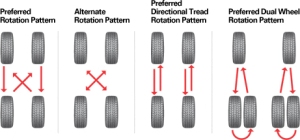Fall is fast approaching and the activities people enjoy tend to change with seasons. One popular fall activity is off roading. There are variations on the name such as digging, mudding, rock crawling etc. But it all boils down to the same fun sport of taking your truck, ATV or motorbike off the beaten path and straight into adventure. However it’s always important when setting out on these adventures to play it smart and be safe. Here are some good tips in preparation of getting dirty in the hills.
First off make sure whatever you plan to take up the mountain is able to handle the terrain. If a simple pot hole on a average street can cause damage such as messing up your vehicles alignment then its safe to say a rocky path can do much worse. So knowing your vehicles abilities, and being equipped with the proper shocks and struts can go a long way in avoiding potential damage. Although we have discussed the hazards of under inflated tires in the past it is at the risk of sounding like a broken record we recommend yet again checking your pressure and tread before setting out. It’s the little things that can make the biggest differences.
Once your vehicle is properly prepared on the outside and mechanically sound as well then its time to be sure its prepared on the inside. Oh like a sweet air freshener or a cool CD? Well those are handy yes but we mean more like a survival kit. A good kit would include items such as a first aid set, road flares, warm blankets, clean water, some food and any other items that might be needed were you stuck for a night or two. Once its loaded be sure everything is properly secured down. It gets to be a bumpy ride and flying objects inside can cause serious injury so be sure it’s all strapped down. Better safe than sorry.
Now its time set out. Its always suggested that you let someone know where you are going and how long you expect to be, yes it’s the mommy type way of thinking, but hey mom does know best so its probably a good thing in the long run. Plus the saying “the more the merrier” can also be in this sport re-worded as “the more the safer” since traveling in a pack reduces the risk of being stranded. At the very least take one buddy along.
When you reach your destination be sure everyone is safely seat belted in or wearing proper head safety gear. The rules of the regular road apply to the off road when it comes to behavior conducted inside the vehicle. Which means keeping everyone inside and preventing them from leaning out the windows, or standing in the bed of trucks. It only takes a split second for a tree branch or rock to change things and the roll over risk increases by a great deal.
So last but not least have we strongly suggest and really insist that you have FUN, make memories and kick up some major mud. Keeping in mind that if you come back with a clean truck you didn’t do it right or play hard enough.

